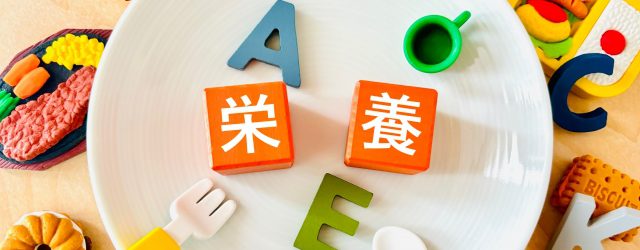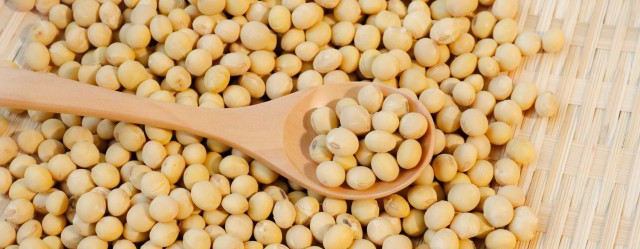
On March 6, 2025, the 5th Discussion on Japan’s Front of Package Nutrition Labelling (FOPNL) 2025 (in Japanese) was held. The Labelling Policy for the guidelines for Japan’s FOPNL based on the discussions to date (draft) (in Japanese) was presented as the discussion material. A summary is provided below.
Background and objectives
This initiative stems from low awareness and use of nutrition facts labels among consumers.
It aims to:
-make labelling more effective in helping people maintain and improve their health
-help consumers better understand recommended daily nutrient intakes and make more informed dietary choices by placing nutrition facts in an easy-to-find location on food packages
Definition
Japan’s FOPNL is defined as an initiative that labels:
– the amount of calories, protein, fat, carbohydrates, and sodium (converted to salt equivalent)
– as well as the percentage of the relevant amount in the standard values for the labelling of nutrients*
using a format designated by the Consumer Affairs Agency, in an easily visible location on food packages.
* Nutrient standard values by sex and age group for persons 18 years and older, based on the “Dietary Reference Intakes for Japanese” and population estimates, weighted by total population for each sex and age group
(Labelling methods) Amounts of nutrients
The principle is to label the amount of nutrients in the edible portion as sold, ideally consistent with the nutrition facts labelling. For foods where the nutrient amount changes significantly during preparation, the amount after preparation can be labelled.
(Labelling methods) Percentage of relevant amount in the standard values for the labelling of nutrients
The percentage must be calculated by dividing the nutrient amount by the standard values for the labelling of nutrients and rounding the result to the nearest whole number.
(Labelling methods) Food unit
One serving of the relevant food (defined as the food unit) must be specified as “one serving” with its amount (e.g., number of items, weight, etc.). It is desirable that the food unit used for FOPNL matches the unit used for the nutrition facts labelling.
Regarding the labelling location for the food unit amount, it is preferably shown at the top left of the FOPNL format, but it can be displayed in a nearby location if that is difficult.
Handling of foods where nutrient values change between “as sold” and “as consumed” states in labelling
For foods that are extracted with water, diluted with water, desalted with water, or drained from hot water, as well as those generally consumed by adding a single food item such as milk without cooking, it is recommended to label the nutrient content the “as consumed” state.
Upcoming schedule
Based on the discussions outlined in [Reference Material 2] The positioning of Japan’s FOPNL in the regulatory framework (in Japanese), there was a consensus that Japan’s FOPNL should be developed as a standalone guideline—rather than being included in the Food Labeling Standards—taking into account ease of implementation and consistency with existing initiatives.
On the other hand, it has also been pointed out that the guidelines should be evaluated after their implementation in terms of their effectiveness. Continued discussion will be necessary to prevent consumer misunderstandings and to clarify situations that may still be perceived as confusing.
The next discussion meeting is scheduled to take place after June 2025. It will focus on refining the guidelines based on the results of a survey on the proposed format for FOPNL. We highly recommend staying informed about future developments, and will post more about any upcoming changes.
Share/Like/Follow:
Newsletter Signup
We issue monthly e-newsletters, which provide you with the latest updates on food labeling/regulations in Japan.
If you want to make sure to not miss any issue, please click below.
Related Service
Research Services on Ingredients & Food Labeling -For the Japanese Market-
We verify the conformity of ingredients and additives with the standards for use in Japan based on specifications such as formulation lists. We also verify the conformity of the proposed labeling of ingredient names, nutrients, etc. with the labeling standards based on specifications such as formulation lists.
Label bank Co., Ltd. Regulatory Review and Development
Born in Japan. Specializing in nutrition, she is engaged in research work on ingredients and labeling drafts for food products distributed mainly in Japan, as well as consulting.



